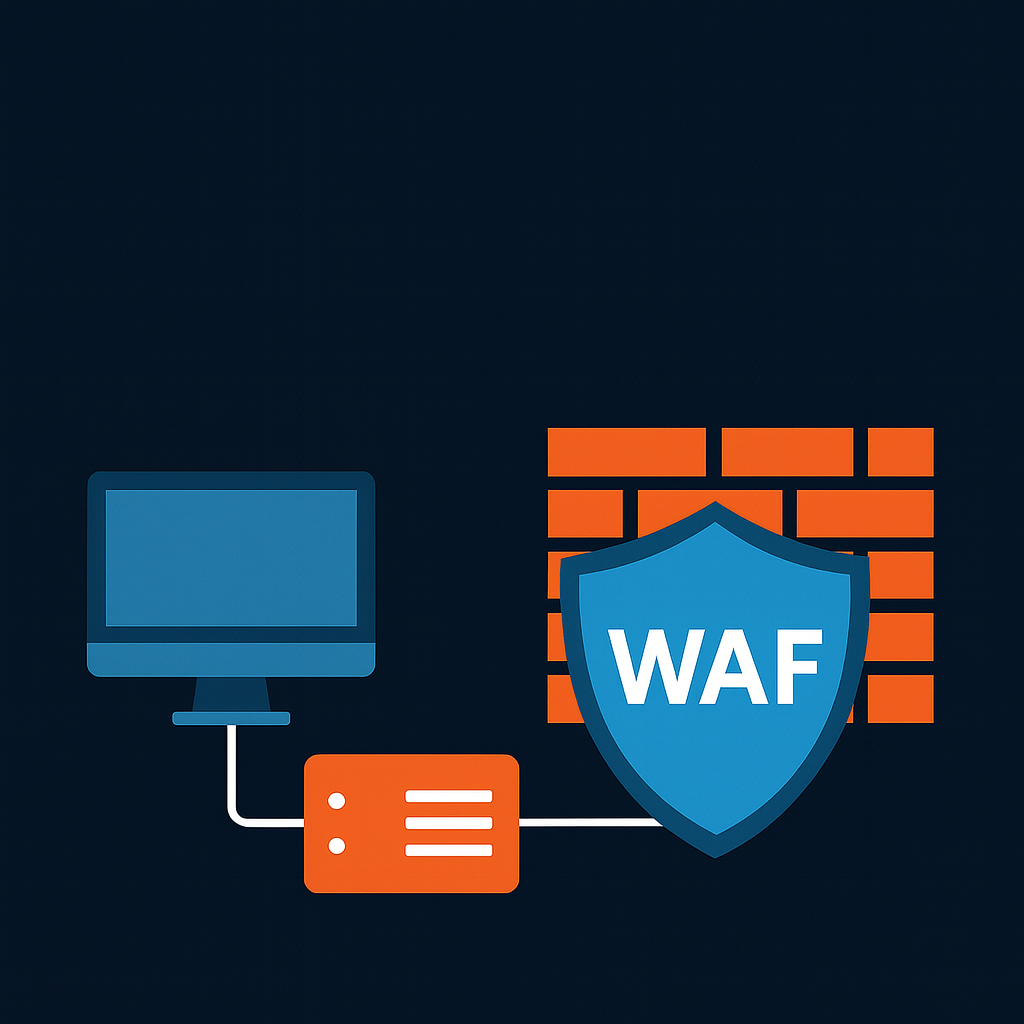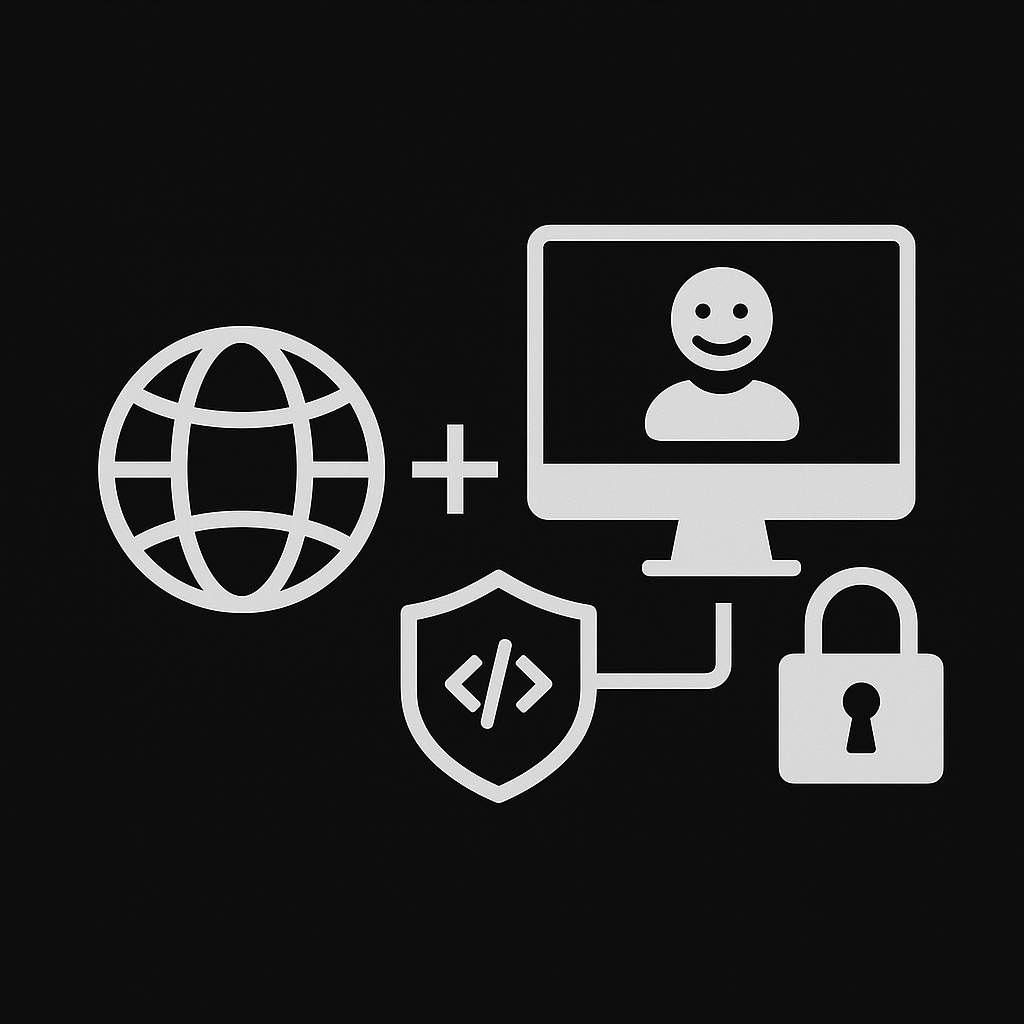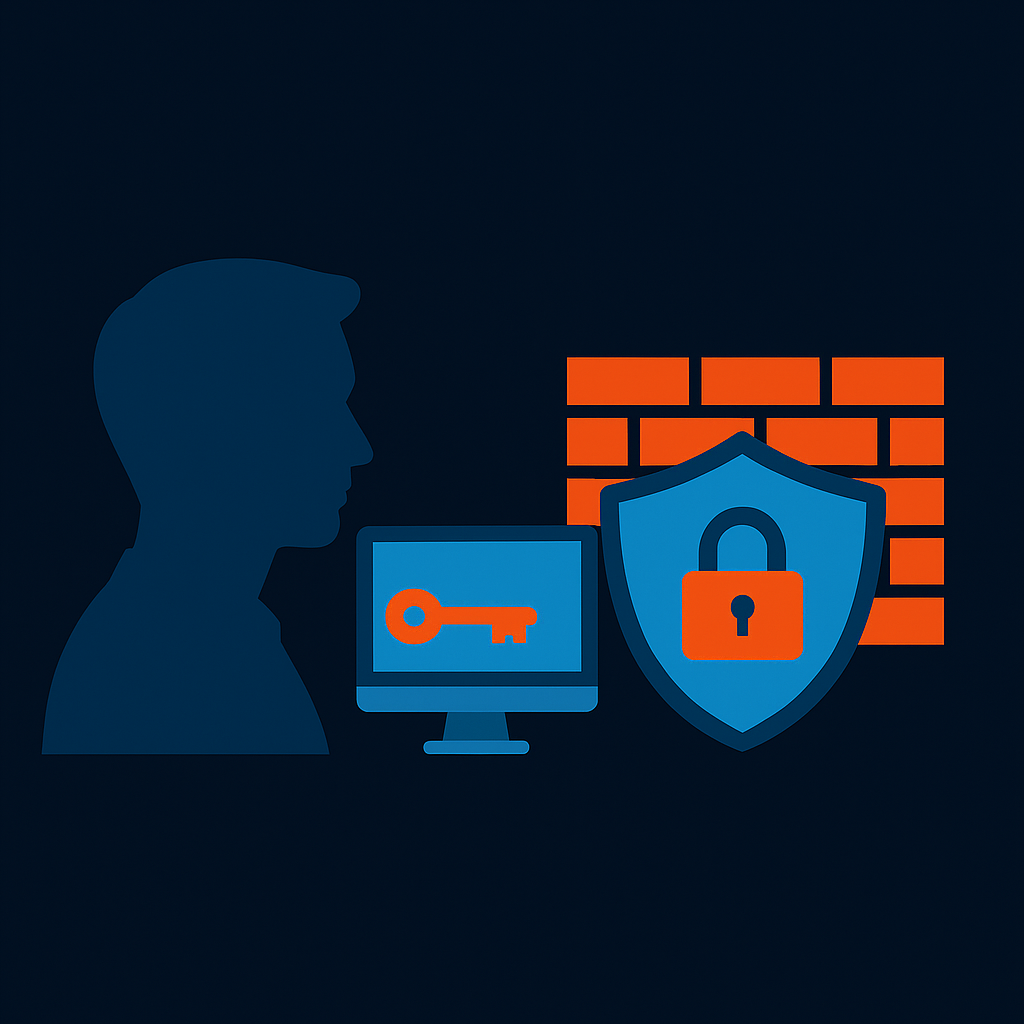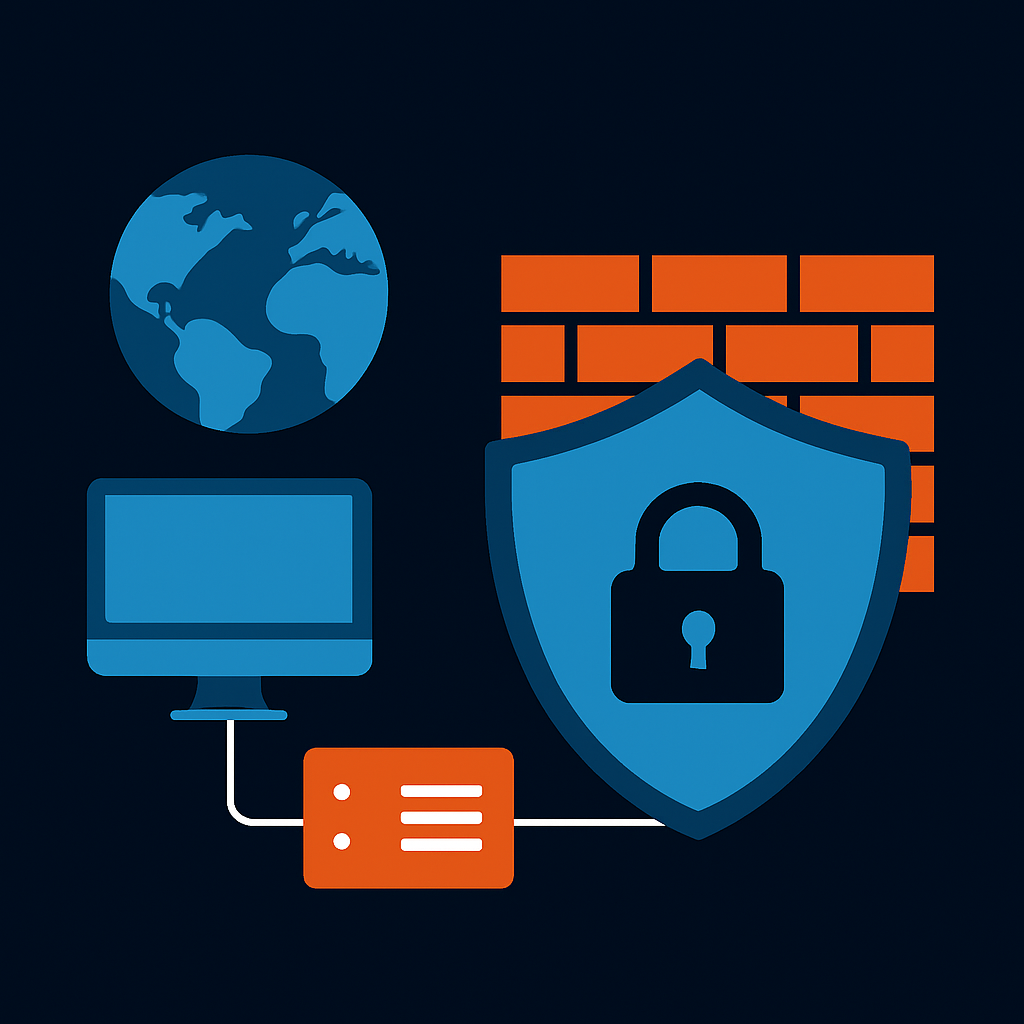Picture this: You’ve got a solid firewall protecting your network—think of it as a bouncer at the front door of your digital nightclub. It’s great at keeping obvious troublemakers out, but what happens when the bad guys dress up nicely and walk right through the front door with legitimate-looking credentials?
That’s exactly what’s happening in today’s cyber threat landscape. Attackers have gotten smarter, and they’re no longer trying to break down the front door. Instead, they’re exploiting the very applications your customers use every day—your websites, web portals, and online services.
The Problem: When Good Traffic Goes Bad
Here’s the thing about traditional firewalls: they’re fantastic at what they do, but they’re essentially playing checkers while attackers are playing chess. Your firewall looks at IP addresses, ports, and protocols—the basic “who, where, and how” of network traffic. But modern attacks? They’re happening at a much more sophisticated level.
Let me give you some real examples of what slips right past your firewall:
SQL Injection – Imagine someone walking into your store and, instead of asking “Where are the shoes?”, they say something that tricks your cash register into giving them access to your entire inventory system. That’s SQL injection, but for your database.
Cross-Site Scripting (XSS) – This is like someone leaving a note on your community bulletin board that looks harmless but actually contains instructions for other visitors to do something malicious when they read it.
Cross-Site Request Forgery (CSRF) – Think of this as someone tricking your customers into accidentally authorizing purchases they never intended to make.
File Inclusion Attacks – It’s like someone convincing your system to run programs they shouldn’t have access to in the first place.
The sneaky part? All of these attacks look like normal web traffic to your firewall. It’s like having a bouncer who only checks IDs but doesn’t notice that someone’s carrying a weapon in what looks like a perfectly normal briefcase.
Enter the Hero: Web Application Firewall (WAF)
This is where a Web Application Firewall comes to the rescue. If your traditional firewall is a bouncer checking IDs at the door, a WAF is like having a highly trained security expert who not only checks IDs but also understands the subtle signs of trouble and can spot suspicious behavior patterns.
Here’s what makes WAFs special:
- They speak the language – WAFs understand HTTP and HTTPS traffic, so they can actually read and analyze what people are trying to do on your website
- They’re always learning – Modern WAFs use threat intelligence to stay updated on the latest attack methods
- They can patch virtually – Found a vulnerability in your app but need time to fix it properly? A WAF can block exploitation attempts while you work on the permanent fix
- They keep detailed records – Want to know exactly what attacks you’re facing? Your WAF logs everything
Getting Started: The Smart Way to Deploy a WAF
Now, I know what you’re thinking: “This sounds great, but I don’t want to break my website or create a bunch of false alarms.” Smart thinking! Here’s how to do it right:
Start Small and Observe
Think of this like getting a new security camera system. You wouldn’t want it calling the police every time a leaf blows by, right? Start your WAF in “monitor mode” first. Let it watch and learn your traffic patterns for a week or two. You’ll be amazed at what you discover about your own website traffic.
Tune, Don’t Assume
Every website is unique, like a fingerprint. Your e-commerce site handles traffic differently than a blog or a banking app. Take time to customize your WAF rules based on what you actually see, not just generic defaults.
Trust but Verify
Create a whitelist of traffic you absolutely know is legitimate—your own team’s IP addresses, trusted business partners, essential third-party services. This prevents awkward situations where you accidentally block yourself from your own website (yes, it happens more than you’d think).
Don’t Forget the Encrypted Stuff
Here’s a rookie mistake: setting up a WAF but not configuring it to inspect HTTPS traffic. That’s like having a security guard who only checks people coming through the front door but ignores everyone using the side entrance.
Keep It Current
Cyber threats evolve faster than smartphone models. Make sure your WAF’s rule sets stay updated. Most vendors make this pretty easy with automatic updates.
Play Well with Others
If you’re using other security tools (and you should be), make sure your WAF can talk to them. Having all your security logs in one place makes it much easier to spot patterns and respond to incidents.
The Most Popular Setup: Reverse Proxy
Most organizations deploy their WAF as a reverse proxy, which is a fancy way of saying “the WAF sits between your users and your web server, checking everything that goes back and forth.”
The Good News:
- You see everything that’s happening
- You can handle SSL certificates in one place
- Managing security policies becomes centralized and simpler
The Reality Check:
- There might be a tiny bit of added latency (usually not noticeable to users)
- You’ll need to update your DNS settings to route traffic through the WAF
Shopping for a WAF? Here Are the Heavy Hitters
If you’re ready to start shopping, these five vendors consistently get high marks from both security professionals and actual users:
- F5 Advanced WAF – The Swiss Army knife of WAFs. Highly customizable, perfect for complex environments, but you’ll want someone who knows what they’re doing to set it up.
- Akamai Kona Site Defender – Great if you’re operating at scale across multiple regions. They’ve got the global infrastructure to back it up.
- Cloudflare WAF – User-friendly, cloud-native, and plays nicely with content delivery networks. Good choice if you want something that “just works.”
- Imperva WAF – Offers both cloud and on-premises options with excellent analytics. Their reporting dashboards actually make sense.
- AWS WAF – Perfect if you’re already living in the AWS ecosystem. Pay-as-you-go pricing makes it budget-friendly for smaller operations.
The Bottom Line
Here’s the truth: in 2025, asking whether you need a WAF is like asking whether you need locks on your doors. The question isn’t “if” anymore—it’s “which one and how soon?”
Your traditional firewall is still important—don’t get me wrong. But it’s just the first line of defense. A WAF gives you that crucial application-layer protection that makes the difference between a secure website and a future headline about a data breach.
The best part? You don’t have to implement everything at once. Start with monitor mode, learn how your traffic behaves, tune your rules gradually, and before you know it, you’ll have enterprise-grade application security that actually fits your environment.
Remember: the goal isn’t to create an impenetrable fortress that nobody can access. The goal is to create a smart defense system that keeps the bad guys out while making things seamless for your legitimate users.
Your future self (and your customers) will thank you.




